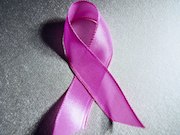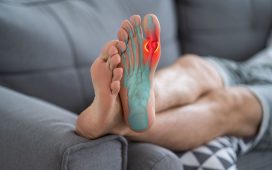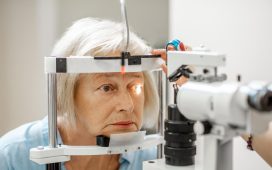Incidence of breast biopsy higher among women treated with brachytherapy versus whole-breast irradiation
FRIDAY, Feb. 2, 2018 (HealthDay News) — The estimated biopsy rate after breast cancer treatment varies, according to a study published online Jan. 31 in JAMA Surgery.
Raquel F.D. van la Parra, M.D., Ph.D., from the University of Texas MD Anderson Cancer Center in Houston, and colleagues conducted a population-based cohort study involving 41,510 patients aged 64 years or younger in a commercial insurance database and 80,369 patients aged 66 years or older in the Surveillance, Epidemiology, and End Results (SEER)-Medicare database. All patients were diagnosed with invasive breast cancer (stages I to III) from 2000 to 2011, and biopsy rates were identified during follow-up.
The researchers found that the five- and 10-year overall incidences of breast biopsy were 14.7 and 23.4 percent and 11.8 and 14.9 percent, respectively, in the commercial insurance and SEER-Medicare cohorts. Women treated with brachytherapy had higher five-year estimated incidence of breast biopsy in the commercial and SEER-Medicare cohorts (24 and 25 percent, respectively) compared to those treated with whole-breast irradiation (16.7 and 15.1 percent, respectively); this association persisted after multivariable adjustment in the commercial insurance and SEER-Medicare cohorts (hazard ratios, 1.53 and 1.76, respectively). Subsequent cancer treatment was reported for 29.8 and 23.2 percent of patients with breast biopsy in the commercial insurance and SEER-Medicare cohorts, respectively.
“These data can be used in the context of therapy-planning discussions and to help establish survivorship expectations for patients with breast cancer,” the authors write.
Several authors disclosed financial ties to the pharmaceutical and medical technology industries.
Editorial (subscription or payment may be required)
Copyright © 2018 HealthDay. All rights reserved.








